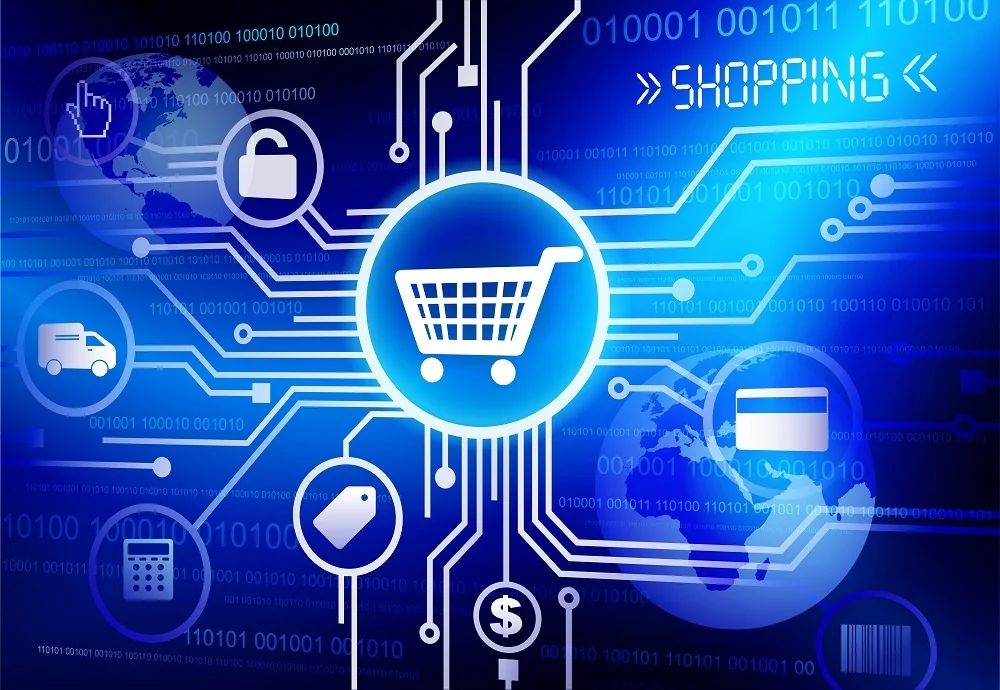In just a few years, TikTok has gone from a lip-syncing app for teenagers to a cultural and commercial powerhouse. What began as a platform for short, catchy videos has now evolved into a major e-commerce player thanks to the introduction of TikTok Shop. This feature allows creators and brands to sell products directly through their videos and live streams, seamlessly blending content and commerce.
As TikTok Shop grows, sellers are quickly realizing the opportunity it presents. But with this new frontier comes an old challenge: time. Managing product listings, fulfilling orders, tracking inventory, and handling customer service takes a toll especially when you're also trying to stay creative and relevant in the fast-paced world of short-form video. That's where TikTok Shop automation comes in.
Automation is transforming how sellers interact with TikTok’s e-commerce ecosystem. It allows creators, entrepreneurs, and brands to scale faster, sell smarter, and focus on what they do best: creating engaging content that drives sales. This article explores what TikTok Shop automation is, how it works, and why it's becoming essential for success in social commerce.
The Rise of TikTok Shop
TikTok Shop launched in select countries in 2021 and has been expanding rapidly. It allows creators and merchants to sell physical products directly through the app, without needing a separate storefront or website. Viewers can buy what they see in a video or livestream with just a few taps an instant connection between content and commerce.
This model of in-app shopping is especially effective because TikTok is designed to hold attention. Viewers don’t just scroll; they get immersed. Product recommendations feel organic when they come from creators users already trust. And when you remove the friction of redirecting people to a third-party store, conversions go up.
However, as sales volume increases, the backend workload also grows. That’s where automation becomes not just helpful but necessary.
What Is TikTok Shop Automation?
TikTok Shop automation refers to using software or systems to handle the repetitive, operational aspects of selling through TikTok. This might include automating order processing, syncing inventory across platforms, updating product listings, managing customer communications, and even analyzing performance data.
For sellers who are used to juggling manual spreadsheets or handling DMs one by one, automation is like moving from a bicycle to a car. It dramatically reduces the time spent on low-value tasks while improving accuracy, speed, and customer satisfaction.
This doesn’t mean removing the human element from your business. It means freeing up time to focus on the creative and strategic aspects—the things that actually drive growth.
How TikTok Shop Automation Works
Let’s say you’re a beauty creator who sells skincare products through TikTok Shop. Your days are filled with recording videos, editing clips, responding to comments, and doing live shows. Every time someone places an order, you’d also have to update your inventory, confirm the order, process shipping, and ensure delivery goes smoothly. As sales increase, this quickly becomes unmanageable.
With automation, systems can be put in place to do the following:
-
Automatically update your inventory in real time as sales come in.
-
Sync product listings across TikTok Shop and other platforms like Shopify or WooCommerce.
-
Push orders to your fulfillment partner or warehouse without manual input.
-
Send customers order confirmation emails and tracking updates.
-
Trigger follow-up messages or review requests post-delivery.
Some automation tools even integrate with analytics dashboards, so you can track sales performance, identify best-selling products, and adjust strategies on the fly all without opening 10 tabs or building complicated spreadsheets.
Why TikTok Shop Automation Matters
There are a few core reasons why automation is rapidly becoming standard for TikTok Shop sellers.
1. Time Efficiency
TikTok content creation is time-consuming. Between filming, editing, planning, and engaging with followers, creators don’t have hours to spare on inventory checks or manual order entries. Automation gives back that time.
2. Scalability
As your shop grows, so does complexity. More products, more orders, more returns, more data. Without automation, sellers often hit a ceiling. They can’t grow without hiring help or burning out. With automation, scaling becomes much smoother.
3. Reduced Errors
Manual processes lead to mistakes—wrong orders, mismatched SKUs, out-of-stock items being sold. Automation reduces human error, keeping your customer experience consistent and reliable.
4. Better Customer Experience
Today’s shoppers expect quick responses and smooth fulfillment. Automated order tracking, fast processing, and on-time delivery all contribute to positive reviews and repeat business.
What Can Be Automated?
Nearly every aspect of the TikTok Shop backend can be automated, depending on your setup. Some of the most common areas include:
-
Order management (routing orders to fulfillment centers or dropship suppliers)
-
Inventory syncing (especially if you also sell on Amazon, Shopify, or elsewhere)
-
Customer messaging (auto-responses for FAQs, confirmations, or returns)
-
Product listing updates (changing prices, adding new variants, adjusting descriptions)
-
Analytics and reporting (daily sales reports, traffic trends, ROI tracking)
There are software tools and full-service platforms emerging to handle all of this. Some popular automation tools integrate TikTok Shop directly with fulfillment partners, CRMs, and e-commerce platforms. Others offer white-label or agency services that run everything behind the scenes while you focus on content.
Real-World Example
Take the example of a small brand selling fashion accessories on TikTok Shop. Initially, the founder manually uploaded new product listings, updated stock weekly, and packed orders herself. She could handle 5–10 orders a day. But when one of her videos went viral and sales spiked to 200+ daily orders, she couldn’t keep up.
By integrating a TikTok Shop automation tool, she synced her inventory with her Shopify store, routed orders to a 3PL (third-party logistics provider), and automated all order confirmations and tracking emails. Now, she processes hundreds of orders a week without lifting a finger except to hit “record” on her next video.
Is Automation Expensive?
Not necessarily. Many automation tools are priced based on usage, meaning small sellers can start for a low monthly fee. Some platforms offer free trials or scaled pricing based on order volume. In the long run, automation often pays for itself by saving time, reducing mistakes, and increasing capacity for growth.
The Future of TikTok Shop Automation
TikTok is constantly evolving. The introduction of AI, better API integrations, and smarter analytics tools means TikTok Shop automation will only become more advanced and more essential.
We’re moving into an era where content, commerce, and customer engagement happen in the same place, in real time. Sellers who embrace automation will be able to move faster, act smarter, and build deeper relationships with their audience. Those who don’t may find themselves stuck in the weeds of operational tasks while competitors race ahead.
Final Thoughts
TikTok Shop automation is more than a convenience it’s a strategic advantage. Whether you’re a solo creator, a startup brand, or an established seller experimenting with new platforms, automating your TikTok Shop can unlock a level of freedom and scalability that’s hard to achieve manually.
As the line between content and commerce continues to blur, those who automate early and thoughtfully will be the ones who stay ahead not just in sales, but in creativity, customer experience, and long-term growth.
The tools are here. The opportunity is massive. The question is: will you automate or fall behind?






